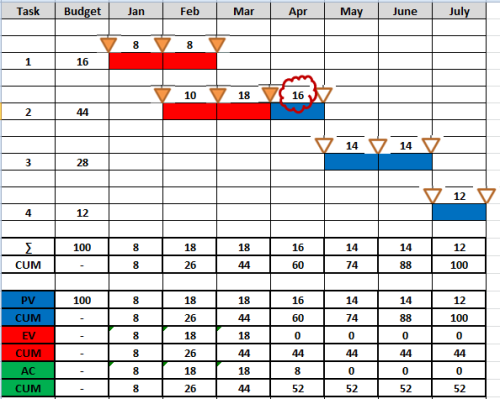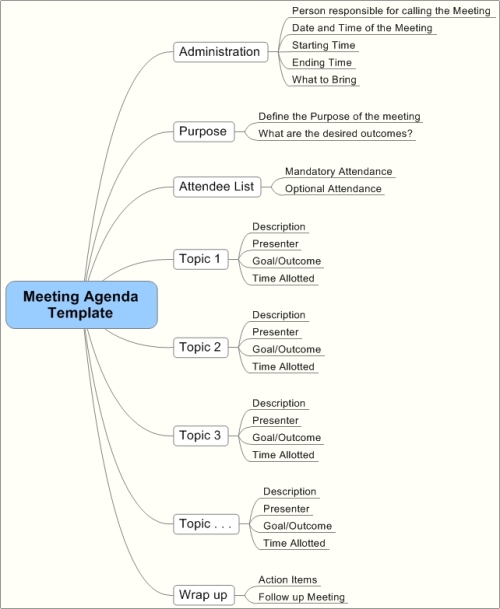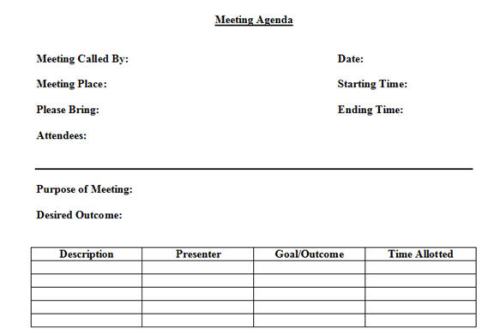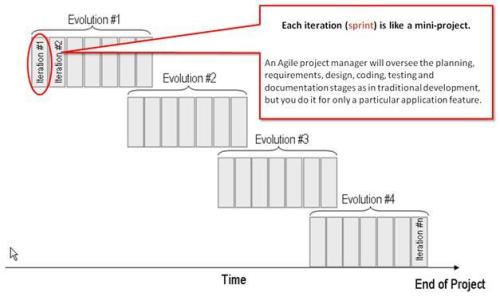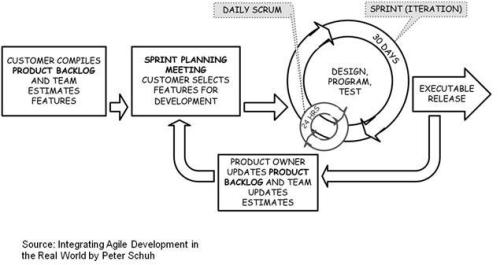As mentioned in the previous post, I will give you just a “Readers Digest” version of Earned Value Management (EVM). Earned Value Management is a series of metrics that can be applied against a project schedule to determine the overall project “health”. There have been studies done by the U.S. Government Accountability Office (GAO) that state that if EVM is applied to a project , at the 16 – 18% mark of project completion, it can be forecasted if the project will come in on time and on budget.
In this Primer, I will focus on just two of the standard metrics of EVM: the Schedule Performance Index (SPI) and the Cost Performance Index (CPI). There are other forecasting metrics that I will cover in a future blog entry.
What is Earned Value Management? Earned Value Management (EVM) is a project management technique for measuring the project progress. EVM combines the measurements of scope, schedule, and cost in a single integrated system. EVM can provide an early warning of performance problems within the project. EVM promises to improve the definition of project scope, prevent scope creep, communicate objective progress to stakeholders, and keep the project team focused on achieving progress.
What are the basic features of an EVM implementation?
- Project Plan that identifies work to be accomplished
- Valuation of planned work, called Planned Value (PV) or Budgeted Costs of Work Scheduled (BCWS)
- Pre-defined “earning rules” to quantify the accomplishment of work, called Earned Value (EV) or Budgeted Costs of Worked Performed (BCWP)
- Actual Costs (AC), also known as the Actual Cost of Worked Performed (ACWP), is used to record the actual worked performed to date
A project well suited to EVM has some or all of the following attributes:
- A clearly defined objective
- Work taking place over an extended period of time
- A high labor content
- Easily attained cost forecasts
- A formalized management structure
- Cost and time limitations
- A timely and proper accrual accounting system
Basic Earned Value Formulas:
- Components
- Planned Value (PV) : The summation of planned expenditure over time
- Earned Value (EV): The actual percentage completed of planned expenditure over time
- Actual Costs (AC): The summation of actual costs expended over time
- Budget at Completion (BAC): The original project budget
- Variances:
- Schedule Variance (SV) = (EV) – (PV)
- Cost Variance (CV) = (EV) – (AC)
- Variance at Completion (VAC) = (BAC) – (EAC)
- Indices:
- Schedule Performance Index (SPI) = (EV)/(PV)
- Cost Performance Index (CPI) = (EV)/(AC)
- To Complete Performance Index (TCPI) = (BAC-EV)/(BAC-AC)
- Forecasts:
- Time Estimate at Completion (EACt) = (BAC/SPI)/BAC/months)
- Estimate at Completion (EAC) = (BAC)/(CPI)
- Estimate to Complete (ETC) = (BAC –EV)/(CPI)
We will focus on just 2 of the formulas SPI & CPI. It is based on these 2 formulas and the understanding of each that helps us build the rest. We will discuss the others in a future article.
Now for a quick example:
Here is an simple example of a 4 task project over a period of 7 months. The illustration shows the budget allocated per task each month.
This illustration shows how the Planned Value (PV) is calculated at the beginning of the project.
Now let us take a look as of April 30th :
This illustration shows what the Project looks like as of April 30th. For task #2 in the month of April, we did not fully finish what we had planned, but we did incur 8 units of costs against our budget. There are different methods of applying the effort, for the purposes of calculating Earned Value (EV), of a started task but not completed task: Fixed Formula, Weighted Milestone, Percent Complete (Duration-based), and Apportioned Effort (Physical Percent Complete). For this example, we will state that the task shows 0% unless 100% complete for the period.
Planned Value (PV) is calculated to be 60 at the end of April
Earned Value (EV) is calculated to be 44 at the end of April
Actual Value (AV) is calculated to be 52 at the end of April
So now let’s apply the formulas:
Schedule Performance Index (SPI) = EV/PV 44/60 = 73.3
Cost Performance Index (CPI) = EV/AV 44/52 = 84.6
So what does this mean? According to our metrics we are approximately 26.7% behind schedule and from a Cost perspective, for every $1.00 that we spend, we are getting $0.85 worth of productivity. My suggestion is to use Physical Percent Complete to determine the effort. Remember, in our example we took an “All or Nothing” approach to determine where we stood on our task. If we had finished 8 of the 16 units of work and we recorded an additional 8 units in April, then our SPI would reflect 52/60 or 86.7 and we are only 13.3% behind schedule and our CPI would reflect 52/52 or 1.00 and we are getting full value for the effort extended.
In my next series of installments, I will further discuss the advanced features of EVM as well as how to implement such metrics into your project scheduling.
For further reference, please look at the following: (1) Practice Standard for Earned Value Management by the Project Management Institute and (2) Earned Value Management by Quentin W. Fleming. This and future articles were/will be heavily influenced by these two excellent publications.


